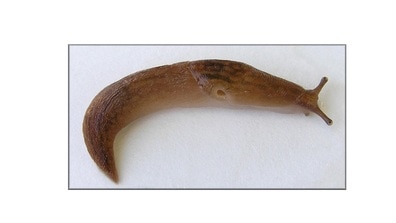Comparative Learning and Memory
Acquisition and attenuation of fear
Most inappropriate fear responses appear to be acquired after events in the environment come to signal the occurrence of an aversive event. In the laboratory, we can model fear acquisition using the fear conditioning preparation, in which a rodent is exposed to a specific cue or set of cues followed by a surprising event (e.g., a mild electrical stimulus). Subsequently, rodents “freeze” when encountering the cue and this freezing can be used as a measure of fear.
Exposure to the cue (i.e., extinction) can be used to attenuate the acquired fear responses. Unfortunately, exposure treatment may lead to relapse (return of fear). Our laboratory investigates not only how fear responses are acquired but also how they are attenuated via behavioral procedures such as exposure (extinction) and counterconditioning. We are also investigating the potential preventative effects of exposure to the cue prior to conditioning (CS preexposure or latent inhibition).
Exposure to the cue (i.e., extinction) can be used to attenuate the acquired fear responses. Unfortunately, exposure treatment may lead to relapse (return of fear). Our laboratory investigates not only how fear responses are acquired but also how they are attenuated via behavioral procedures such as exposure (extinction) and counterconditioning. We are also investigating the potential preventative effects of exposure to the cue prior to conditioning (CS preexposure or latent inhibition).
Learning in mollusks

The phylogenetic history of vertebrates (Chordata) and mollusks (Mollusca) diverged millions of years ago, and it is sometimes difficult to imagine that humans and snails can have any commonalities. But mollusks are some of the most successful species in the planet, with more than 80,000 species of mollusks in existence, colonizing almost all parts of the planet. They possess an extremely simple nervous system, but appear to exhibit many of the same learning phenomena as vertebrates. Mollusks can be grouped into seven taxonomic classifications: Aplacophora, Monoplacophora, Scaphapoda, Bivalvia, Cephalopoda, Gastropoda and Polyplacophora. Different species of mollusks have been used for research into the mechanisms of learning, such as the gastropod Aplysia Californica (sea slug) and several cephalopod species of the order Octopoda (octopi). In our laboratory, we use a land-dwelling, pulmonate (air-breathing) species, the common garden slug Lehmannia valentiana.
Human associative learning
Human learning follows the same principles as learning in laboratory (nonhuman) animals. However, many phenomena have either not been properly investigated in human subjects or have been primarily investigated in human subjects. Our laboratory uses computer-based tasks to investigate the processes of associative learning and retrieval of memory in human subjects. Current interests include response interference (extinction and counterconditioning), and causality learning. Our laboratory uses behavioral, contingency assessment, and physiological measures to investigate learning in human subjects.